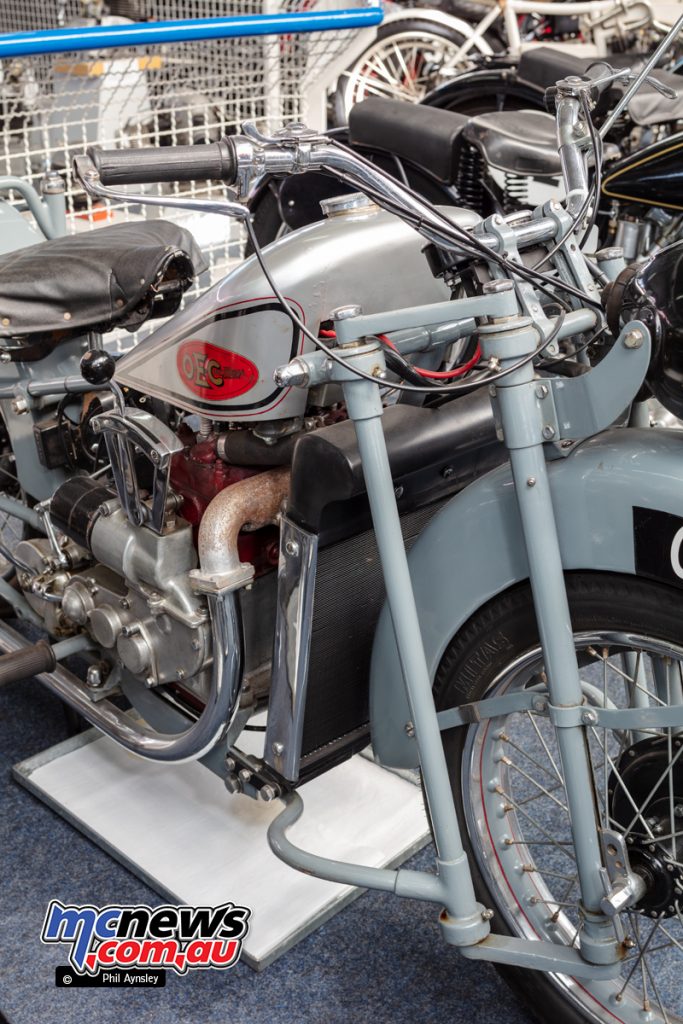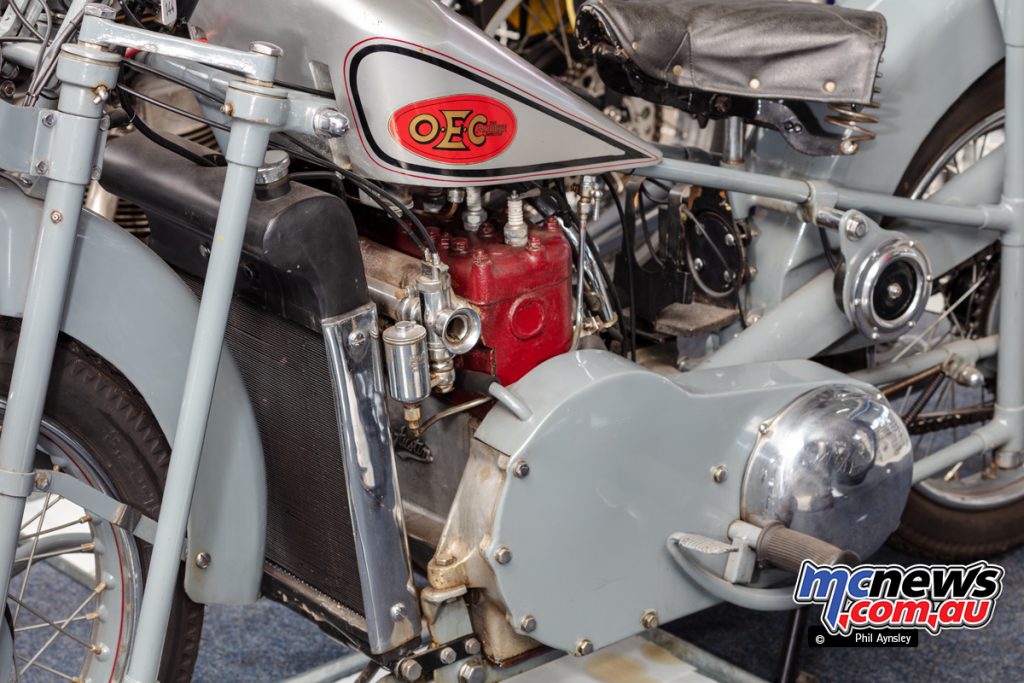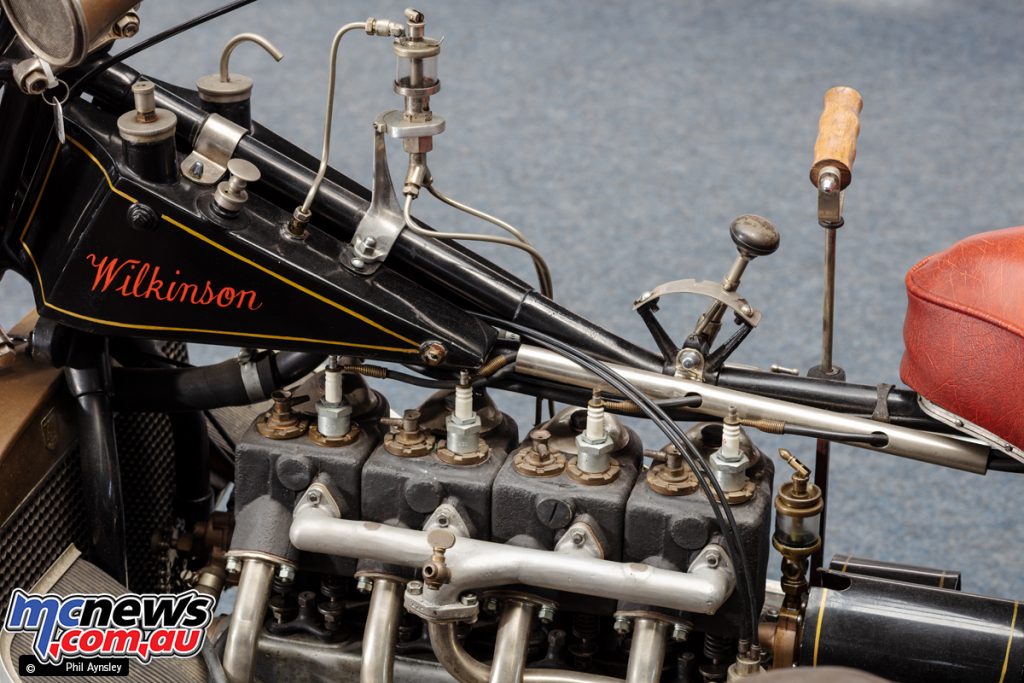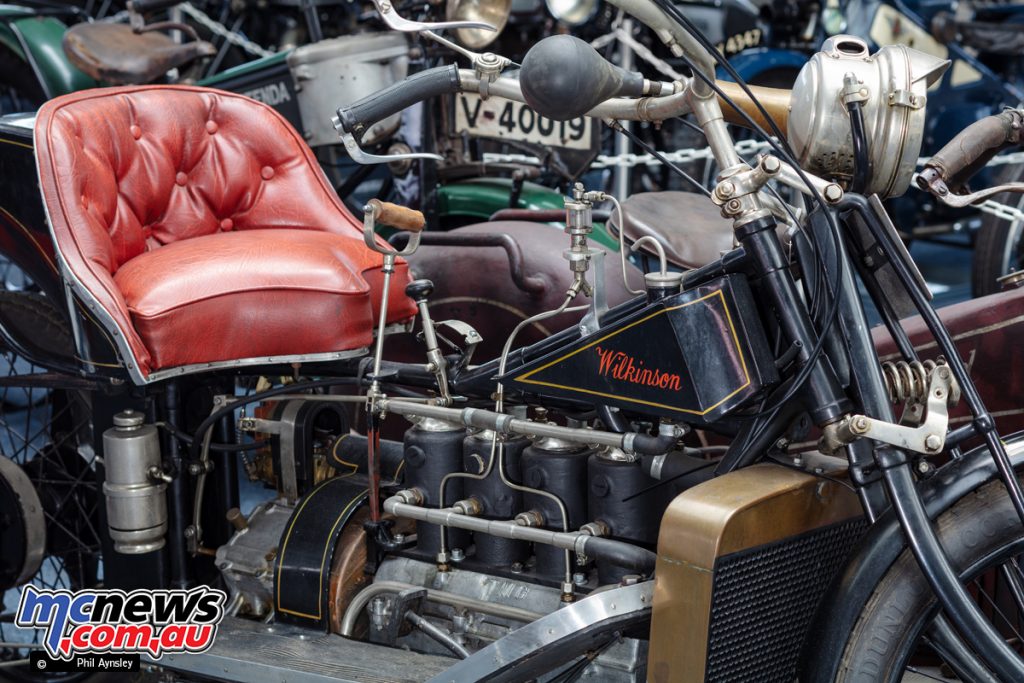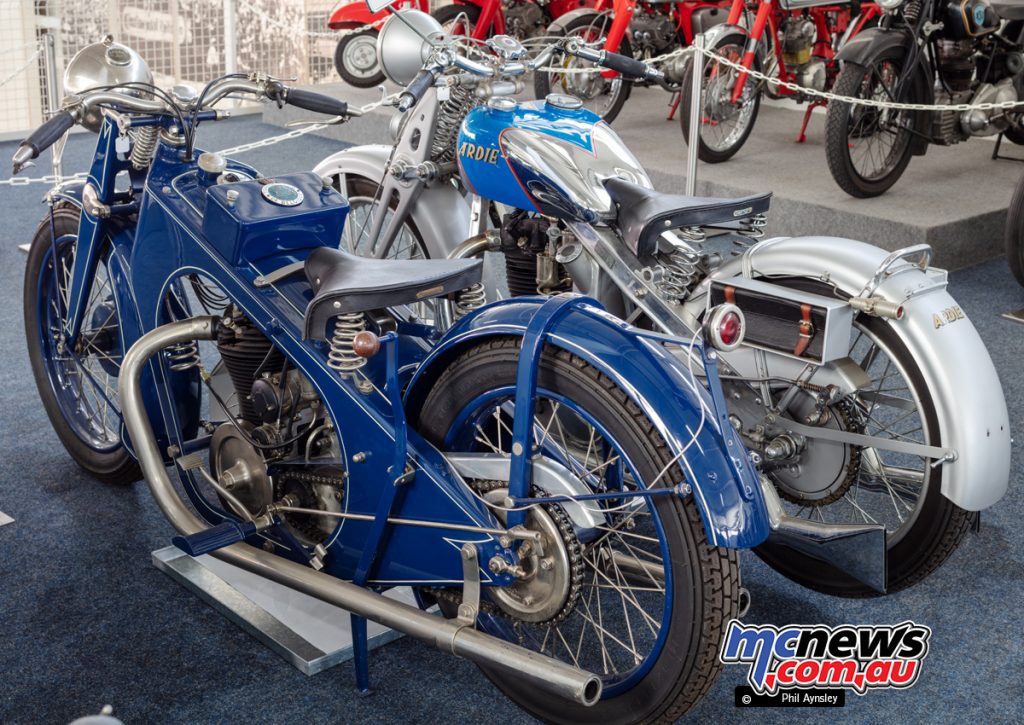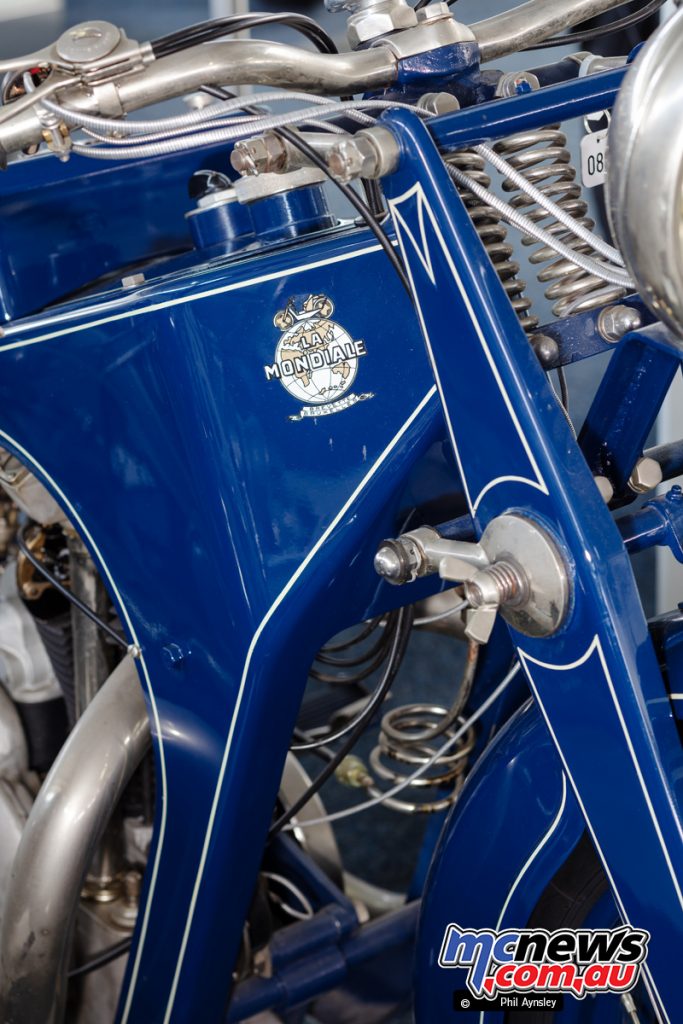Hockenheimring Museum
Part Two
With Phil Aynsley
In Part 2 of our look at the Hockenheimring Museum we travel up to the first floor… You can visit the first part here: The Hockenheimring Museum | Part 1 (link)
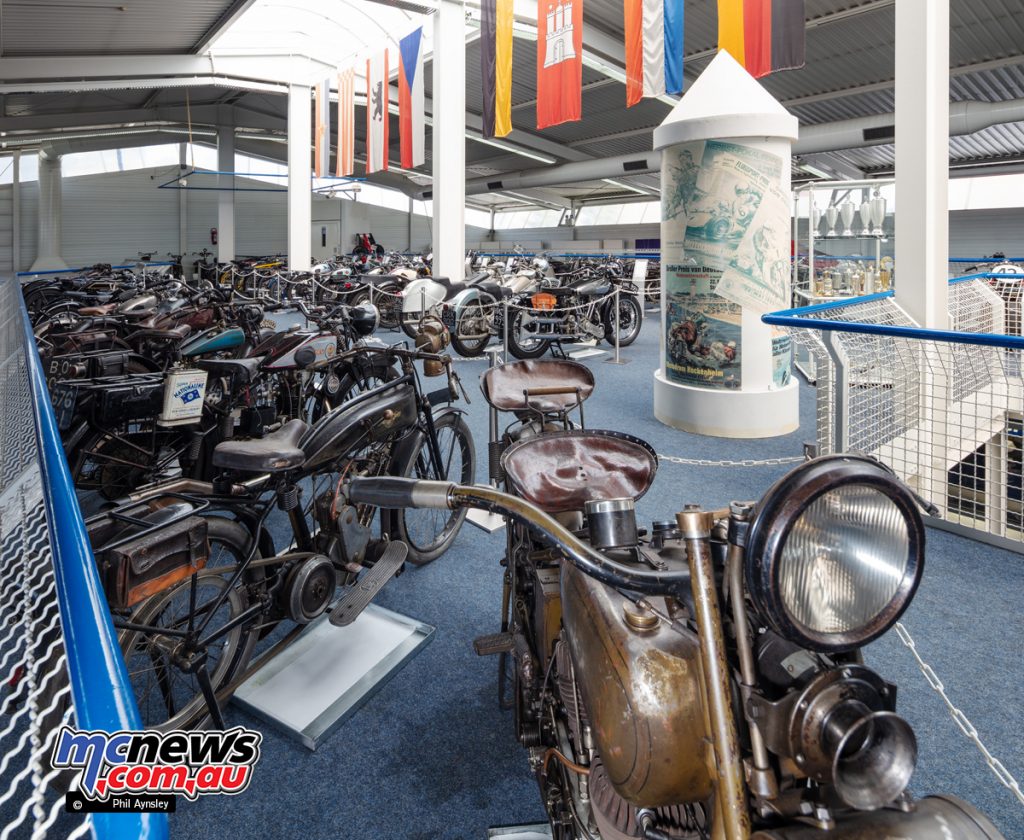
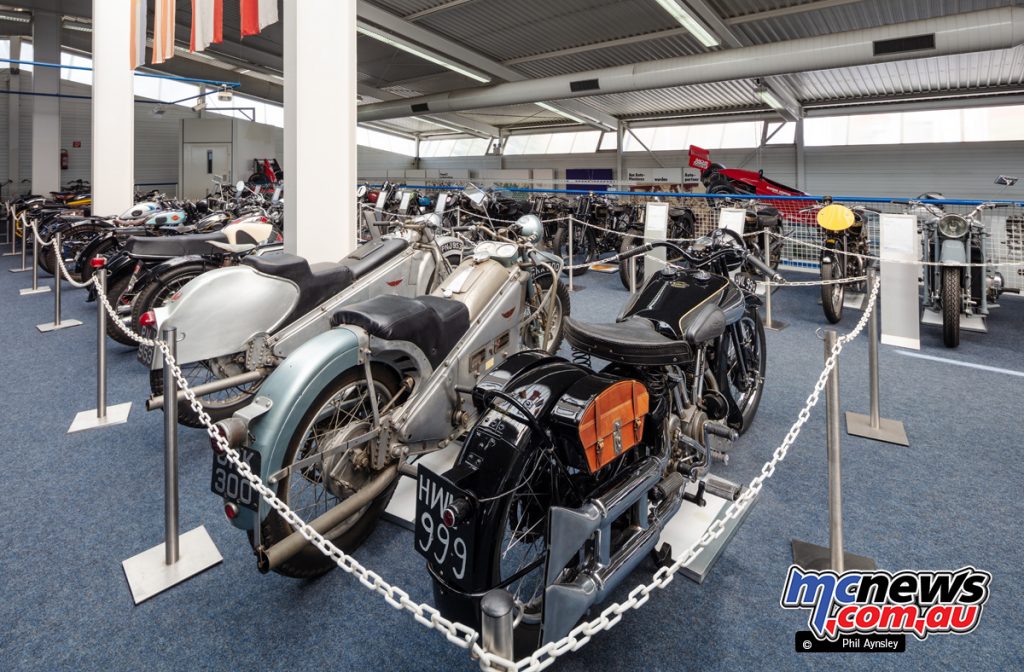
Some overall views of the machinery on display, the majority of which are road bikes.
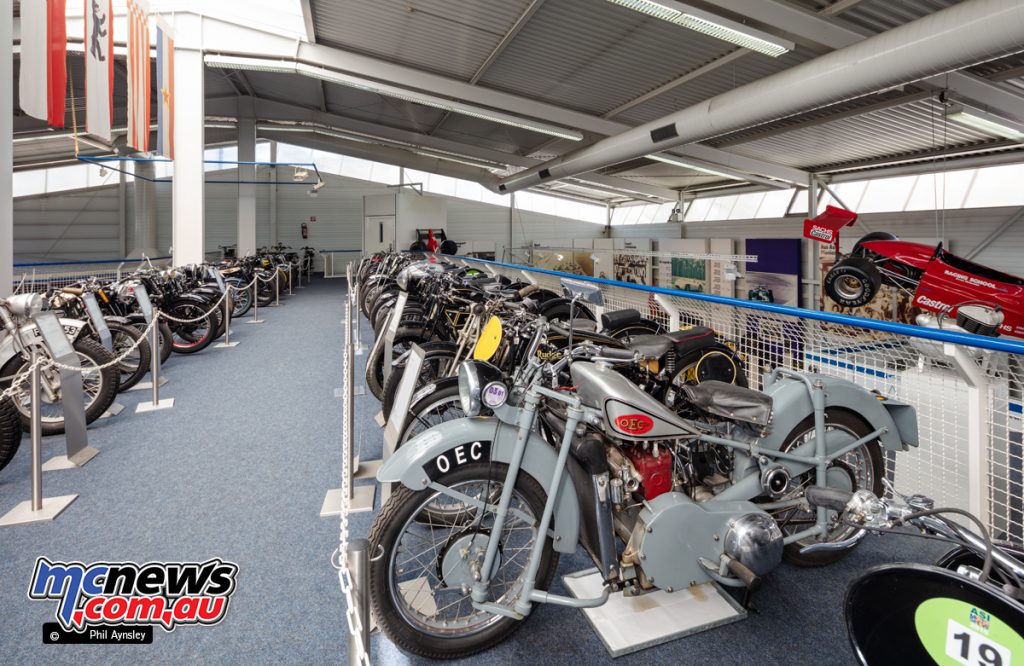
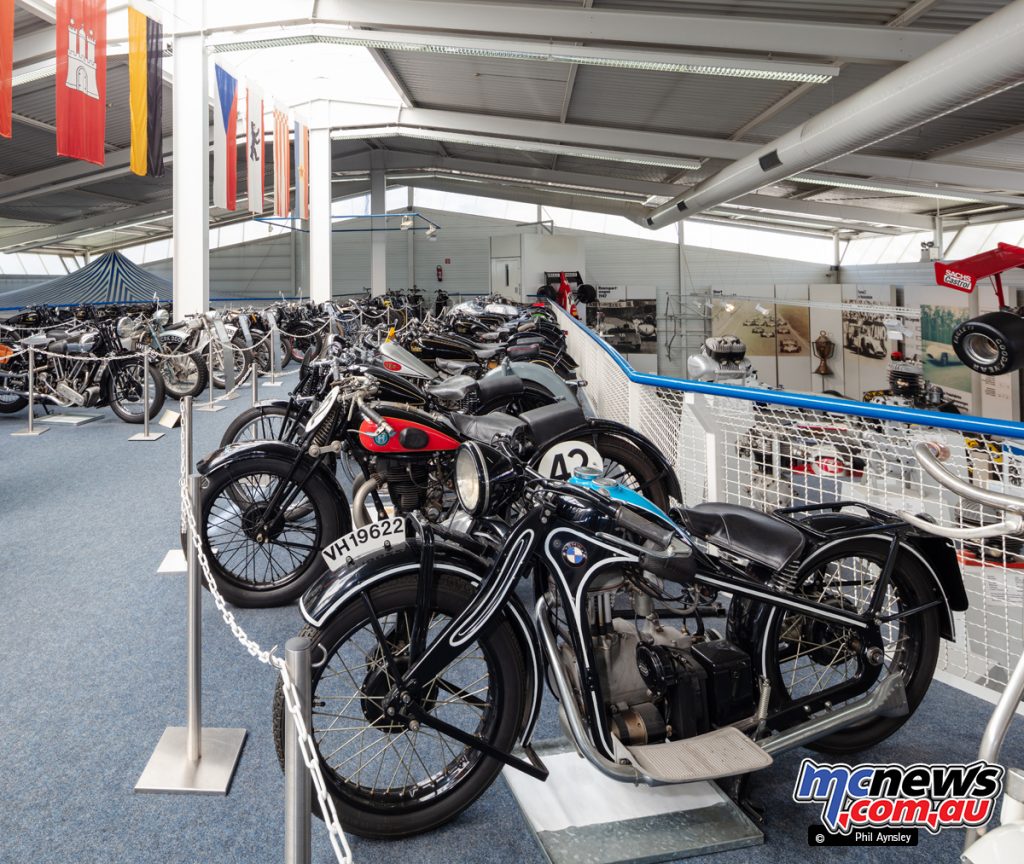
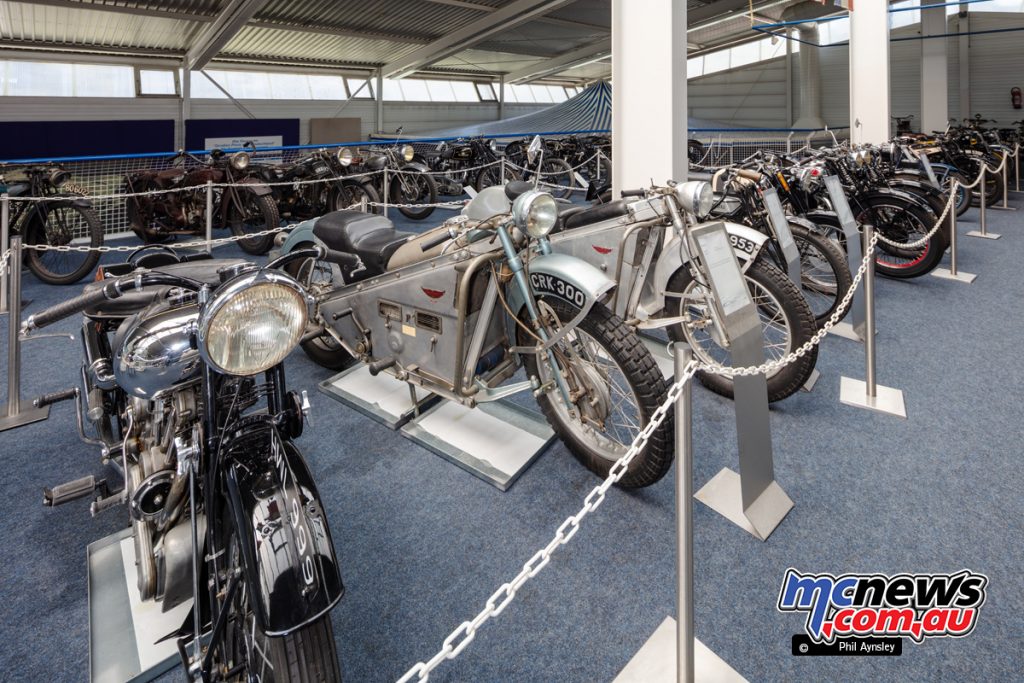
Koehler-Escoffier is a now almost forgotten French manufacturer that actually produced bikes from 1912 up until 1957. Their first design was an OHV 42º 500cc V-twin (known as the Mandoline due to the shape of the crankcases).
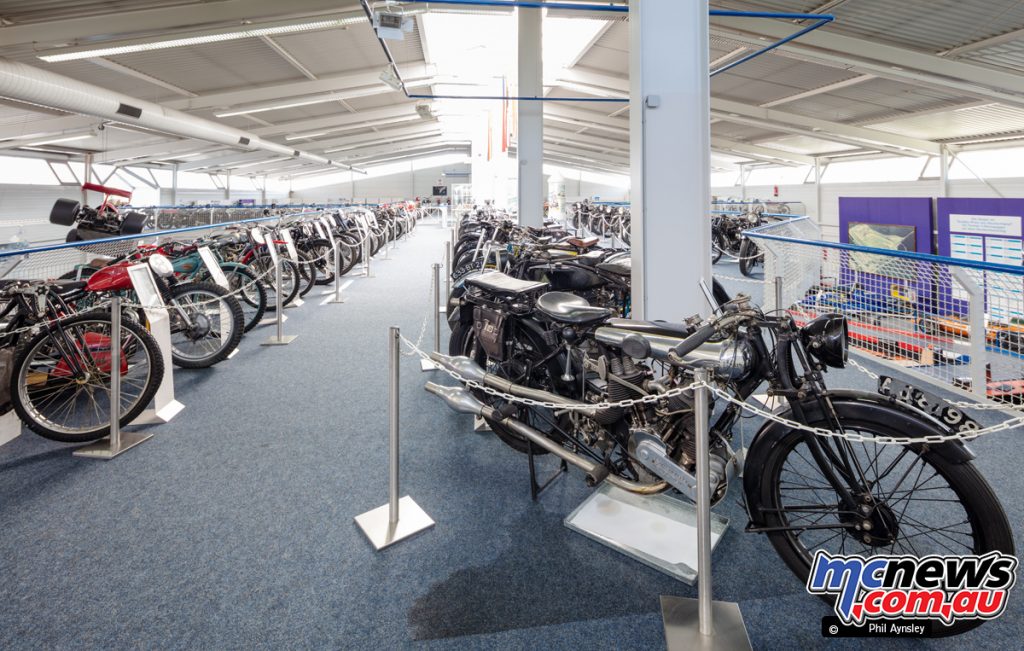
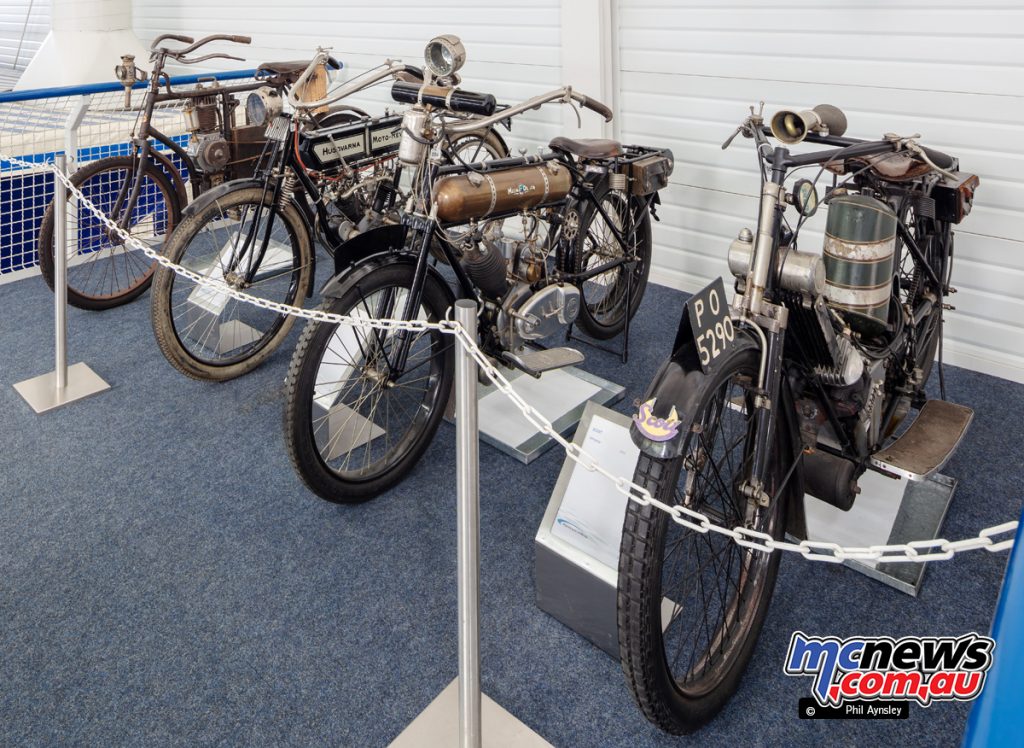
The Tourism and Sport versions were produced from 1922-1928. The Sport featured a hemispherical combustion chamber with valves at 45º (25hp) compared to the Tourism’s parallel valves (10hp). A Sport won the 1922 Marseille GP.
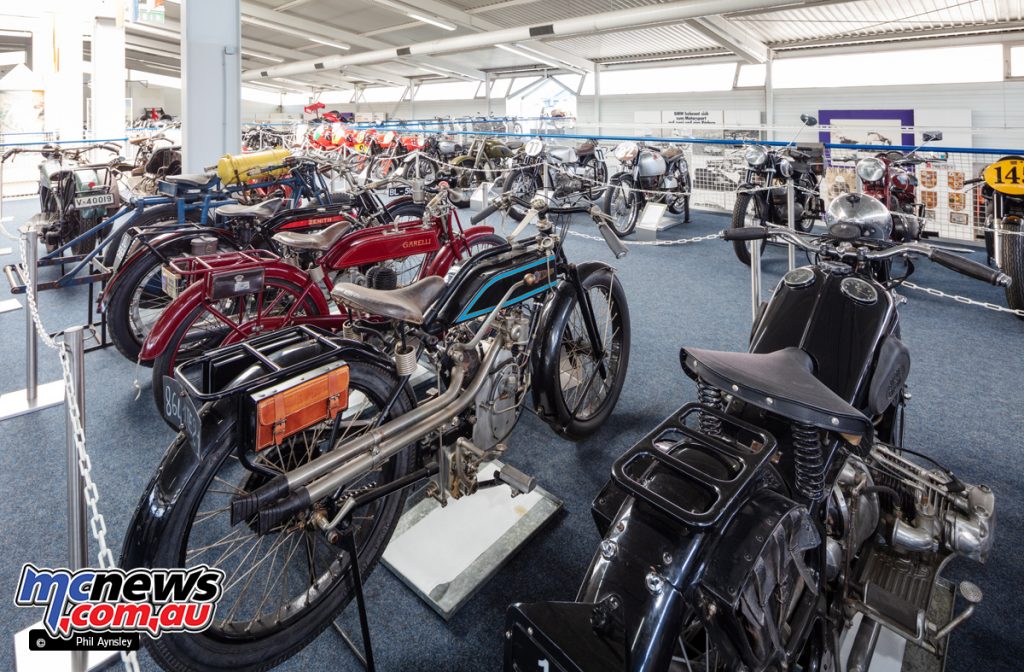
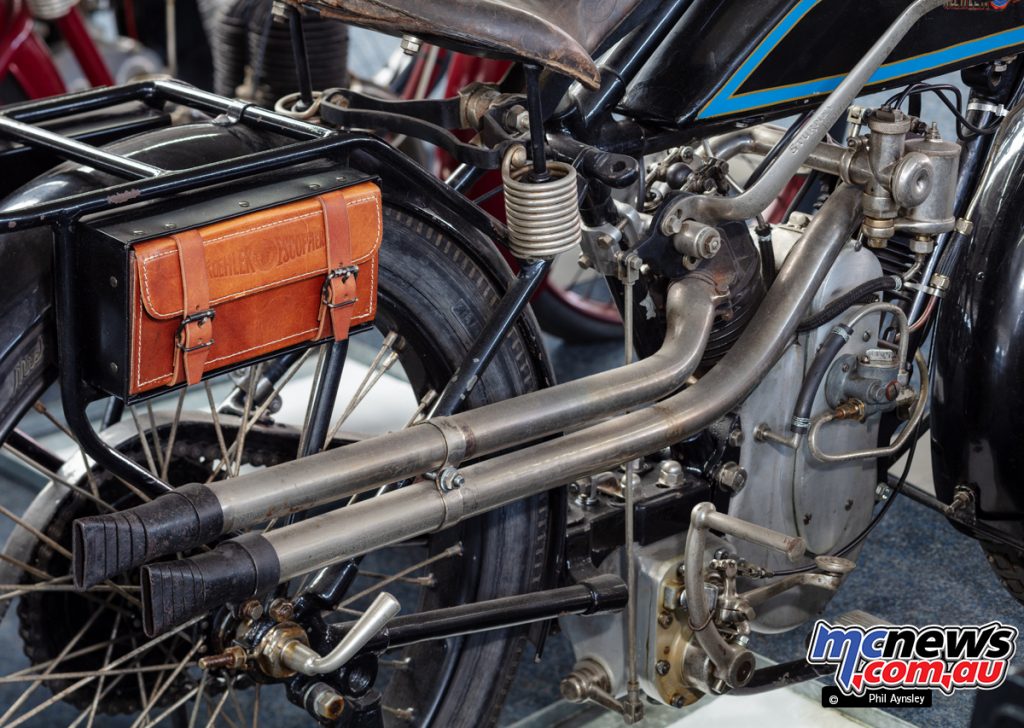
The number 18 bike is one of the two Sanvenero 500 GP bikes impounded by the Hockenheim circuit in 1982. For more information see: Sanvenero 125 and 500cc GP Racers from the 1980s (link).
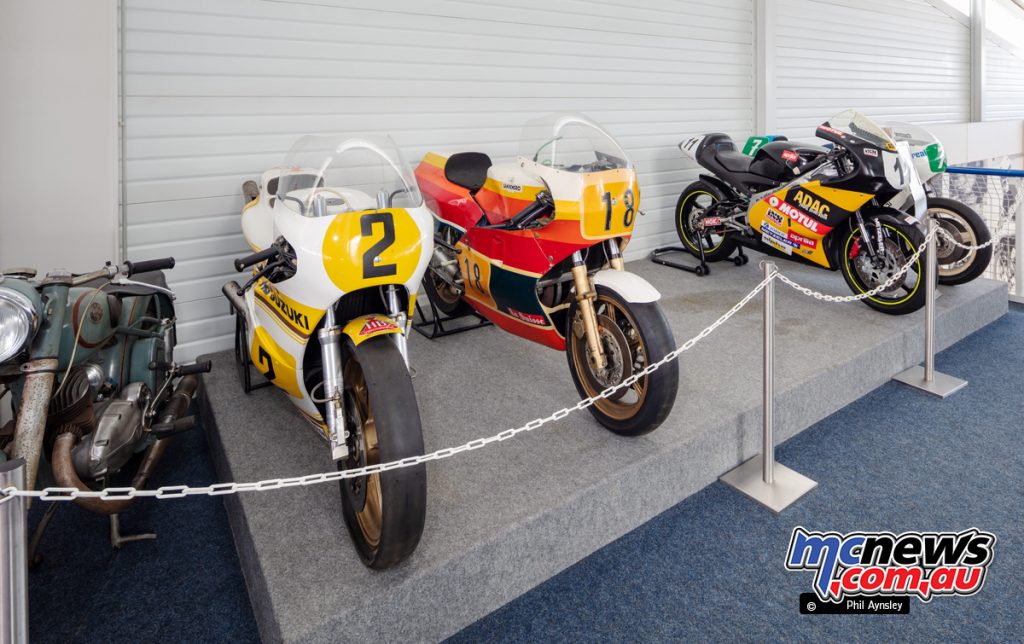
Karl Resse from Denzlingen built this four pot homemade racer in 1965 using Kreidler cylinders. It displaced 208cc and made 26hp at 10,800rpm. The rider was Kiochi Shimada, who had been sent to Germany at the age of 15 in 1950. A highly respected racer and businessman, he, among many other things, established European Honda Trading GmbH.
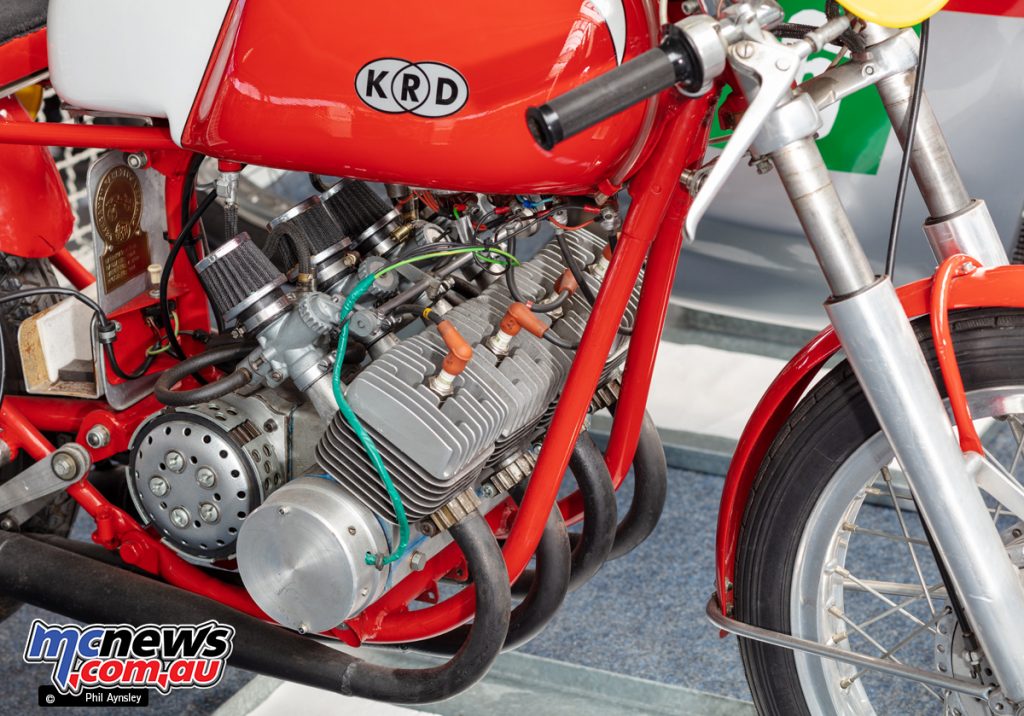
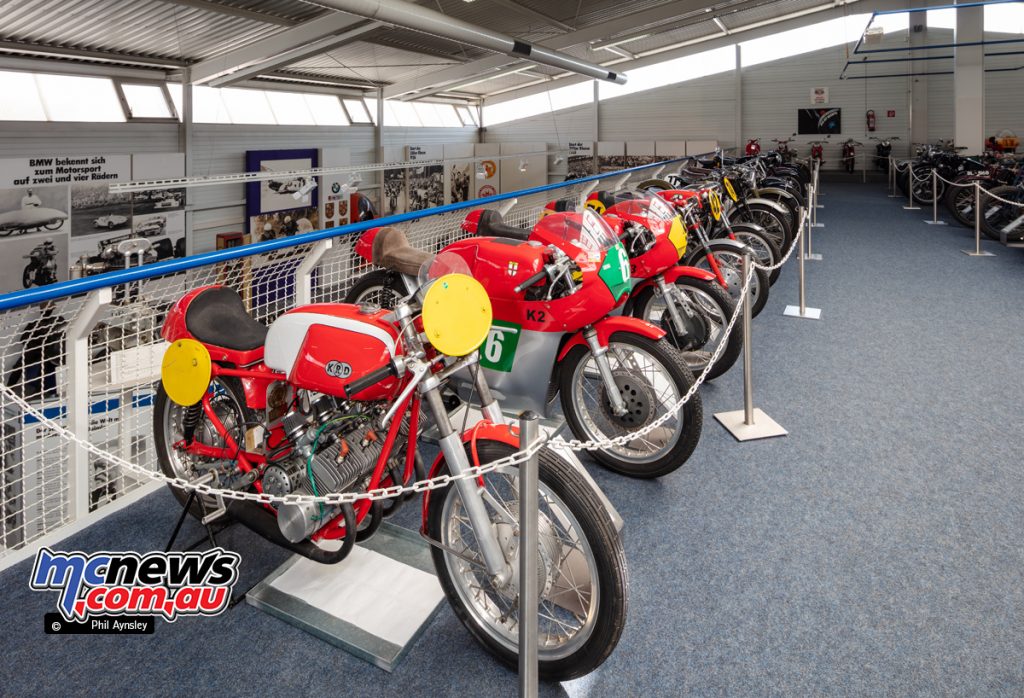
Tuner Fritz Kläger from Freiburg built two FKS 350cc water-cooled 2-stroke triples in 1970. He had constructed three 250 twins, also water-cooled, the previous year. The 350 made 65hp at 10,500rpm (the 250cc 50hp at 11,000rpm).
While the crankcases and block were his own design, the Höckle crankshaft was identical to the DKW 350. Bultaco pistons were fitted. A Dieter Busch frame was used.
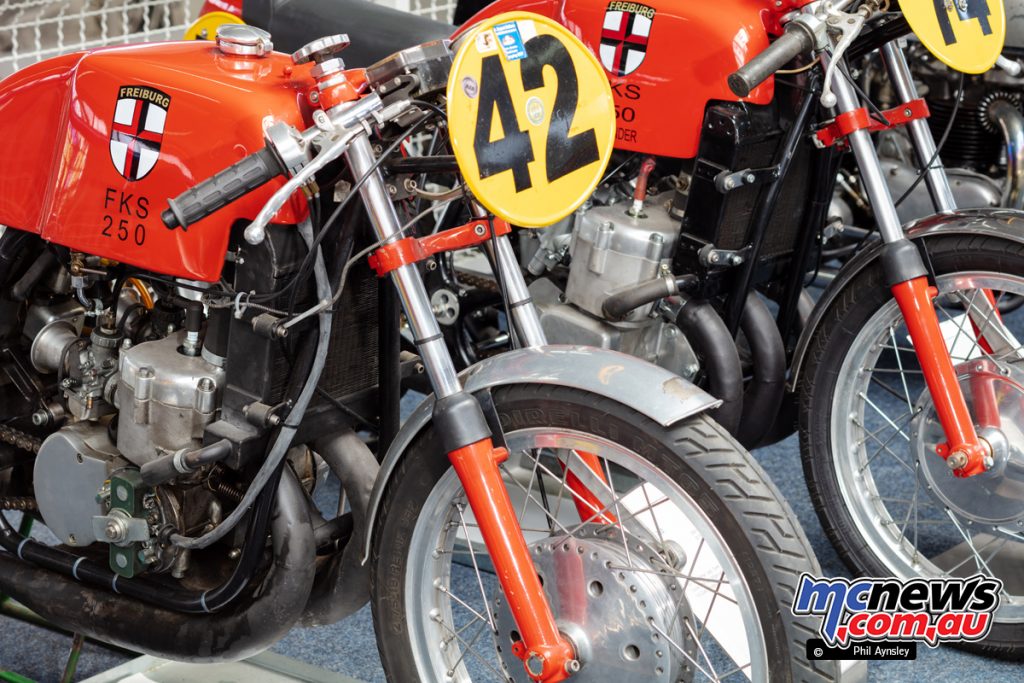
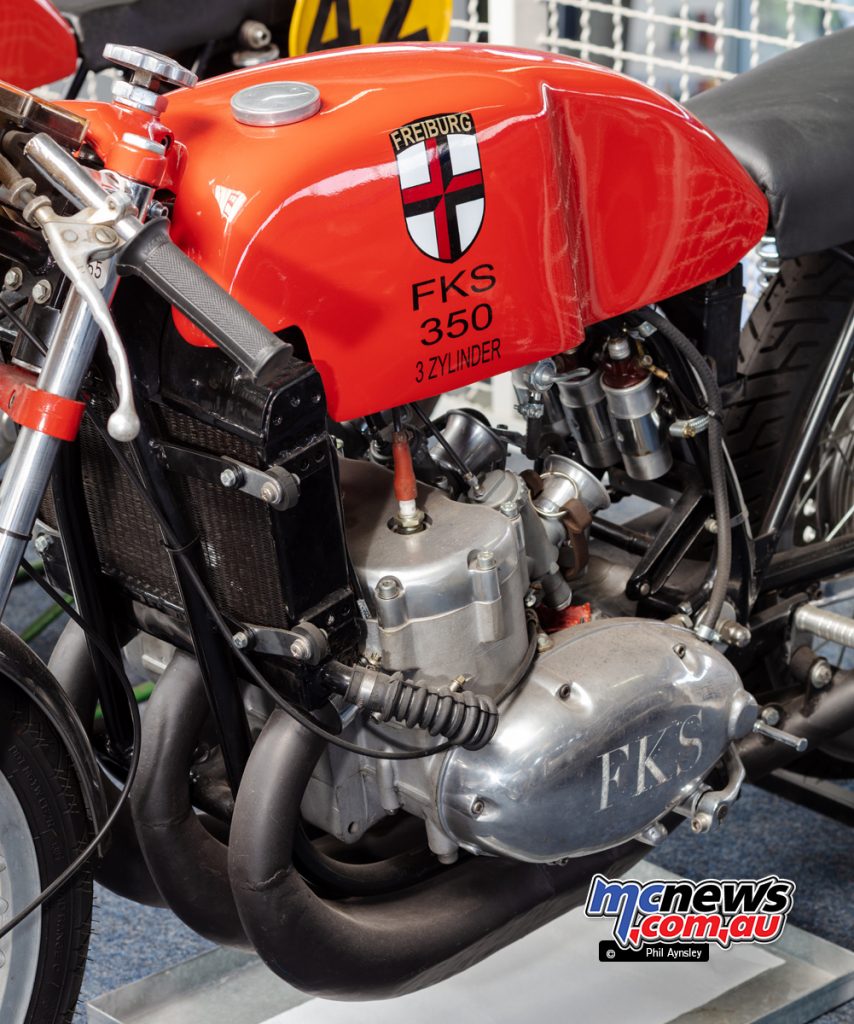
The 1912 Wilkinson TMC, was produced in small numbers (around 250 of all models) up until 1916 by the famous Wilkinson Sword company, the design was shown to the British military in 1908. It was originally powered by a n air-cooled transverse V-twin and featured a Maxim gun mounted on the handlebar.
After failing to impress the armed forces a redesigned 676cc four cylinder model was shown the following year, called the TAC (Touring Auto Cycle). In 1912 the TMC (Touring Motor Cycle) entered production with a water-cooled four cylinder 848cc side-valve motor of the company’s own design.
A replica 1938 Vincent HRD TT Series A and the same years’ road-going Comet.
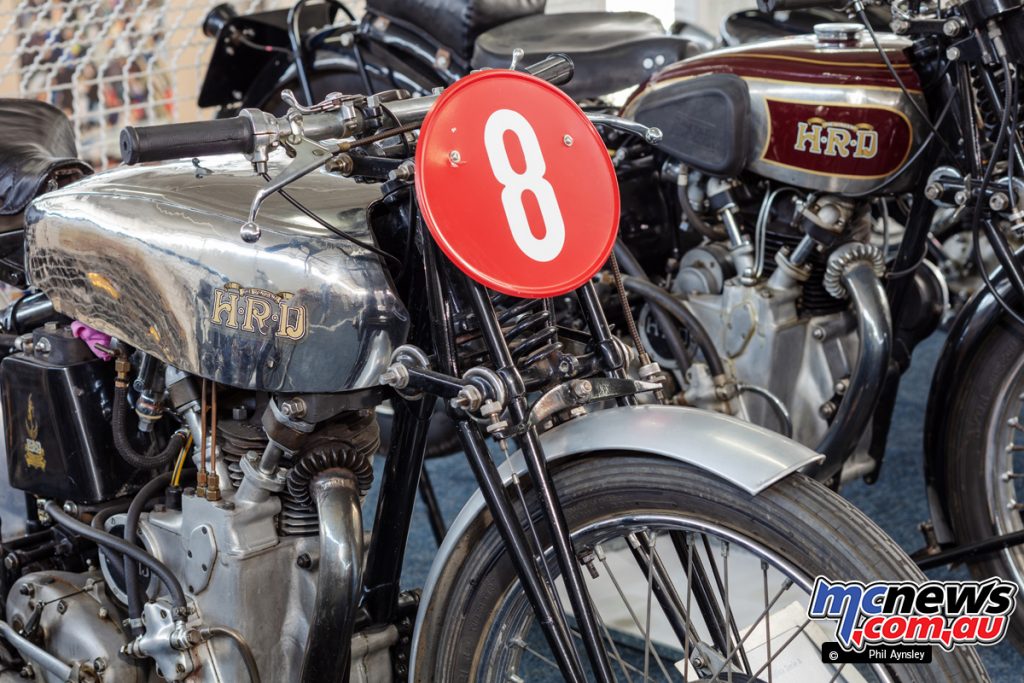
A 1937 ex-works Excelsior Manxman 250.
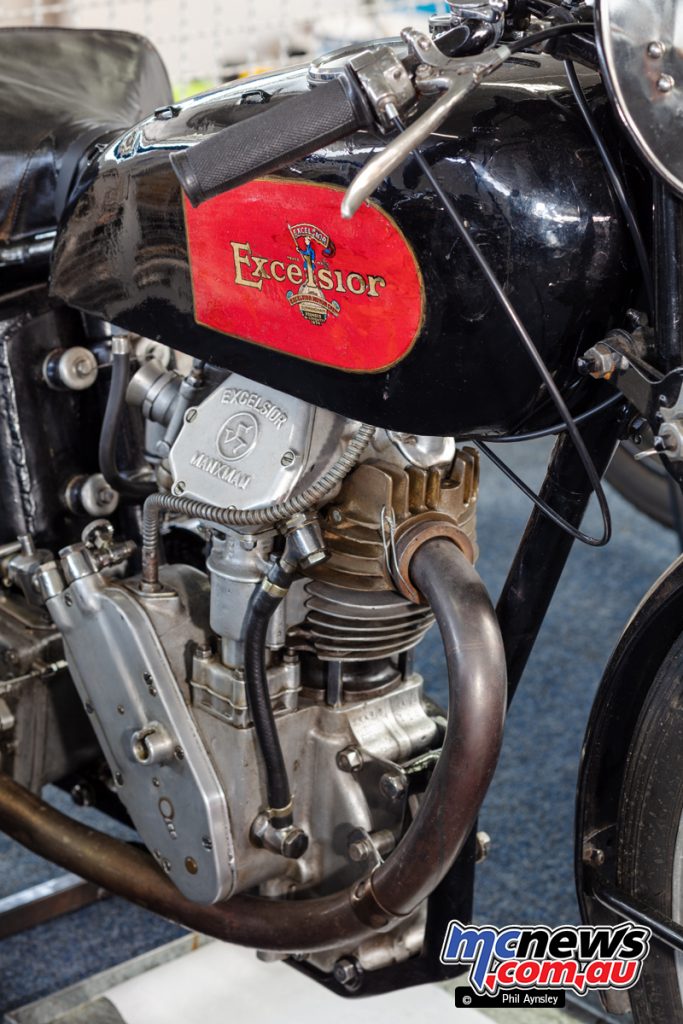
A 1948 Walter-Horak 250. Built by Jan Horack using a JAWA frame and a Walter motor.
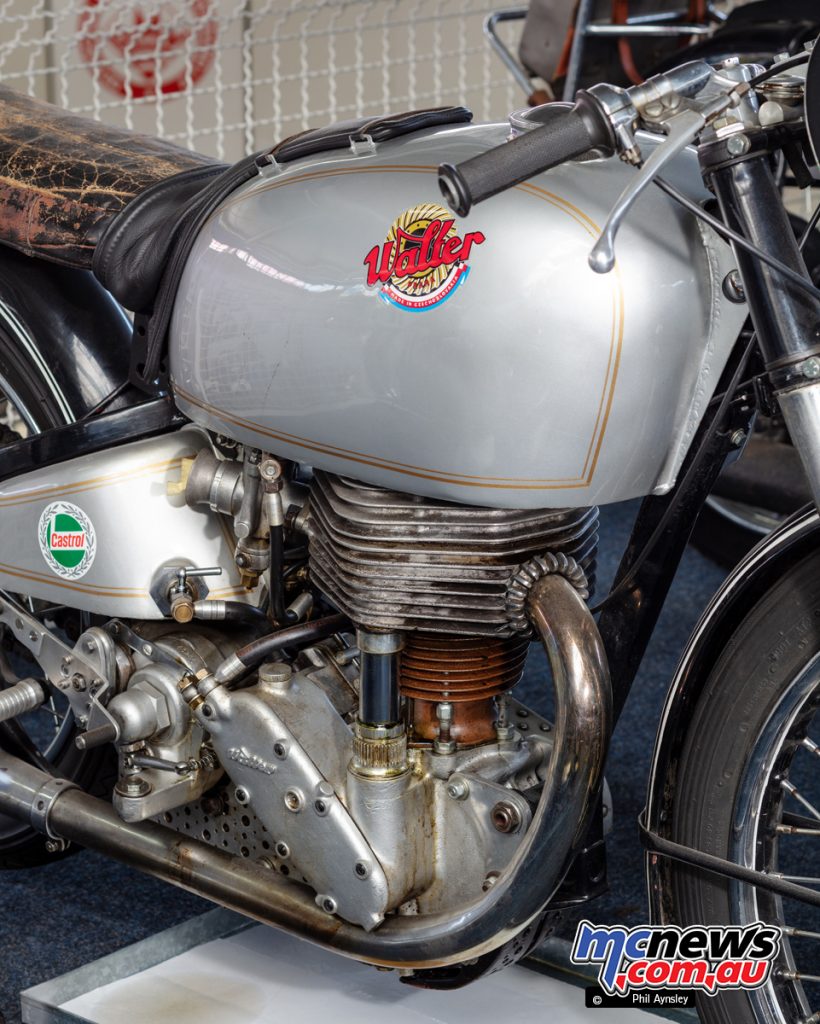
A 1926 Wooler 500.
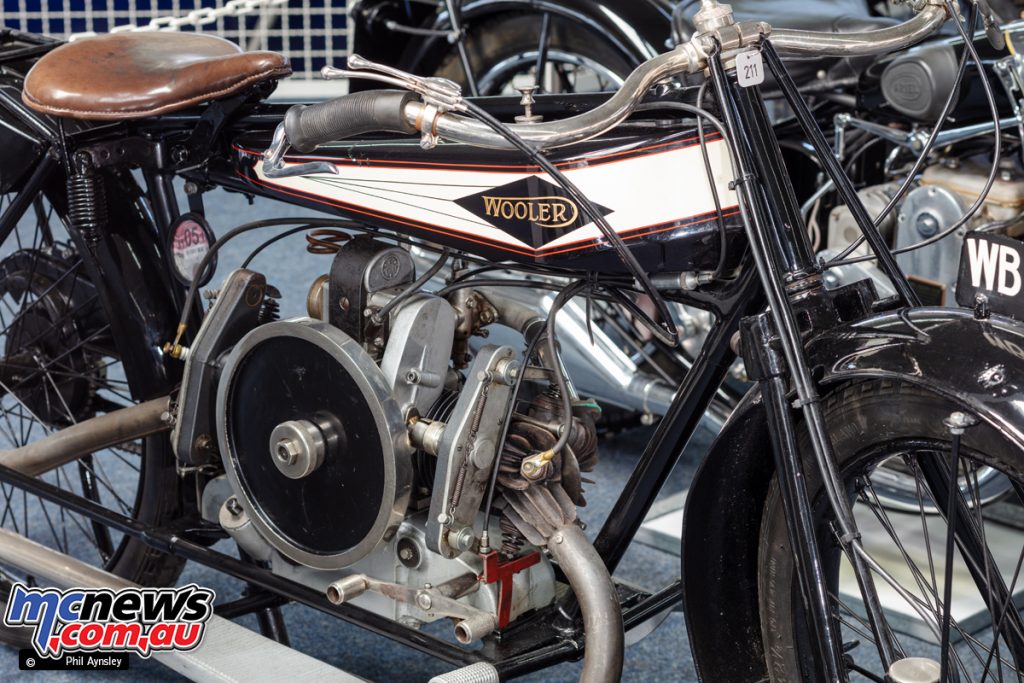
Two IMZ race bikes (better known these days as Ural). The 1946 750cc M75 (behind) was scheduled for series production but only 150 were built between 1946-1951, all for racing. 35hp. It was an OHV version of the earlier side valve M72, a BMW R71 clone. The 1954 750cc M77 (foreground) made 45-50hp and only 70 were produced from 1954 to 1959.
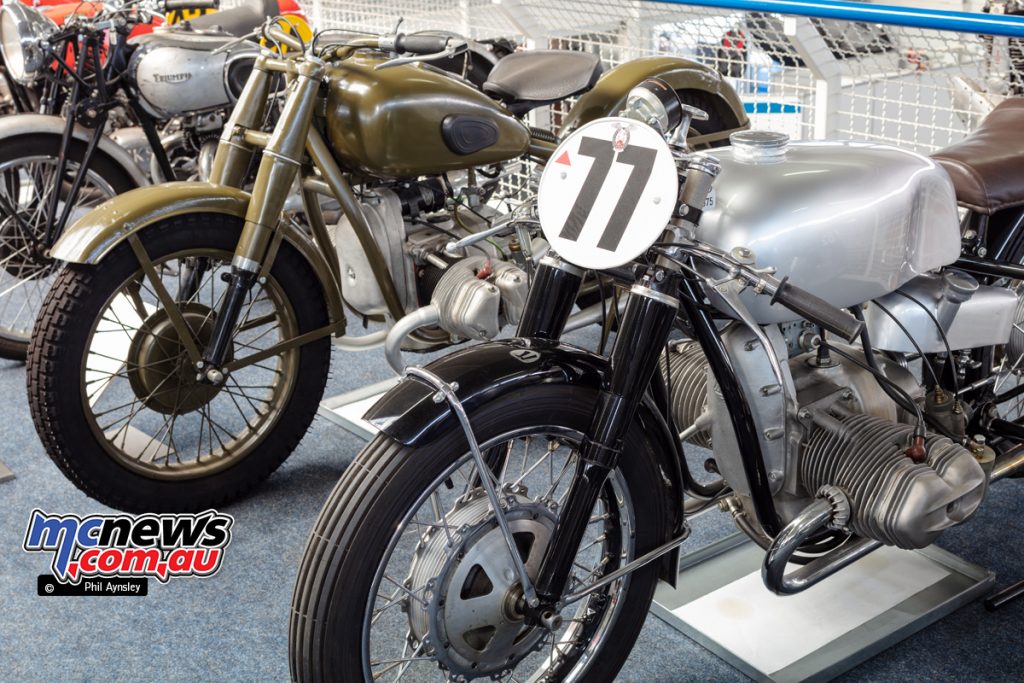
A 1930 Majestic 350.
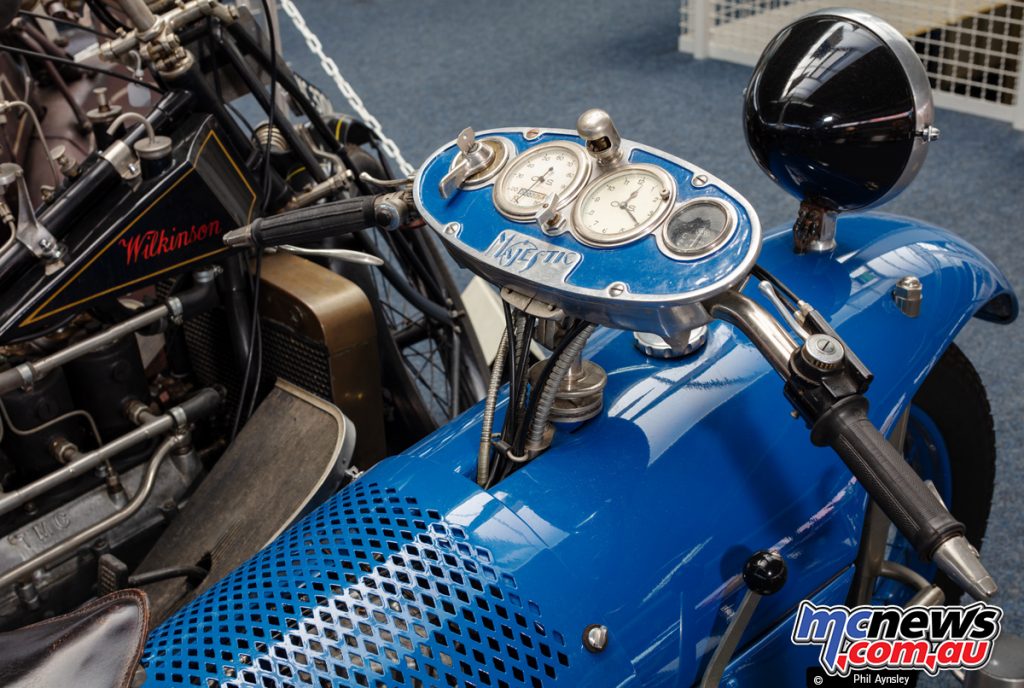
A 1904 Laurin Klement 500.
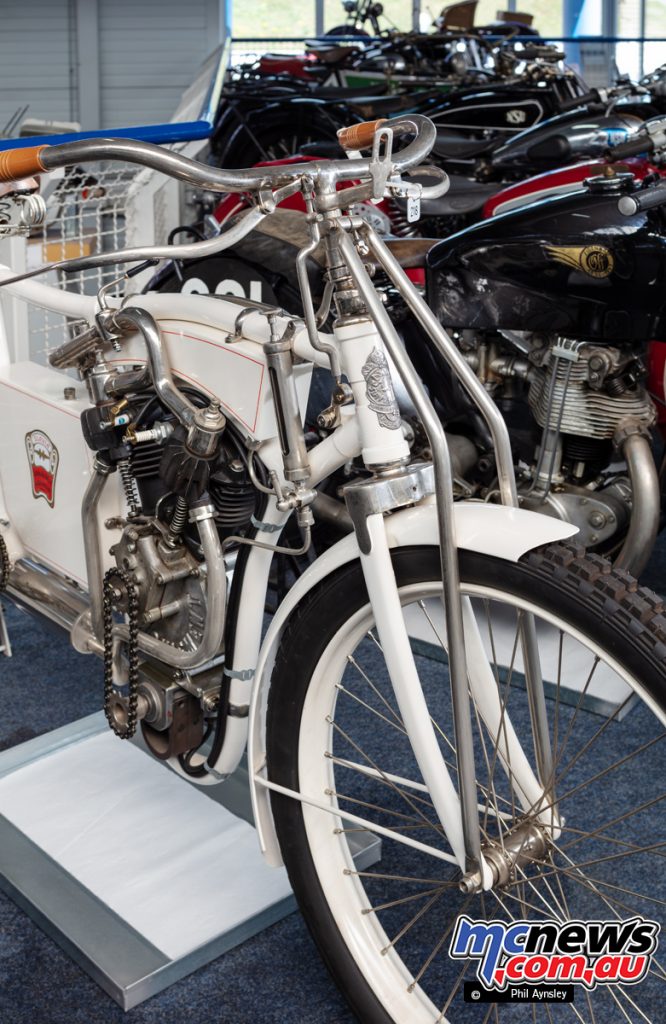
Two of the four Mercury motorcycles built! These 1937 bikes were designed by Laurie Jenks of Croydon as the ultimate touring bike and featured an alloy chassis & bodywork (only the guards were steel) and a ‘duplex’ front suspension (a type of hub-centre steering). Water-cooled Scott motors were fitted. The price of £115 was the same as a 1100cc JAP powered Brough-Superior!
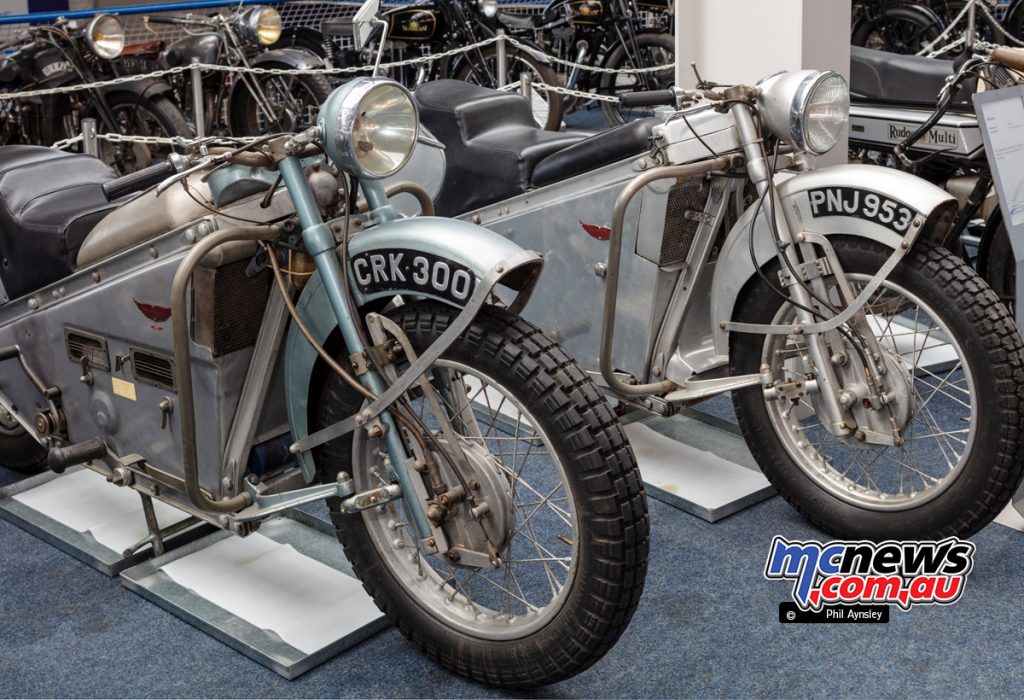
This blue La Mondiale is a 1929 vintage Belgian machine that used a French Chaise OHC 500cc single motor. Several different manufactures’ engines powered later La Mondiale designs. The Ardie Silberfeil (Silver Arrow) was made from 1931 to 1934 and featured a Duralumin alloy square-section frame. A JAP OHV 500 single was used.
A fine example of the 1935 Gnome Rhone Model X. Built from 1935 until 1939, the Model Z used a 724cc OHV flat twin motor that made some 30hp at 5,500rpm, while the bike weighed 180kg and had a top speed of 135km/h.
In 1937 the Model X set several world speed records including the 24 hour – at an average speed of 136km/h. In 1939 a group of 12 French Army officers rode one for 19 consecutive days/nights, travelling a distance of 50,000km at an average speed of 109.4km/h!
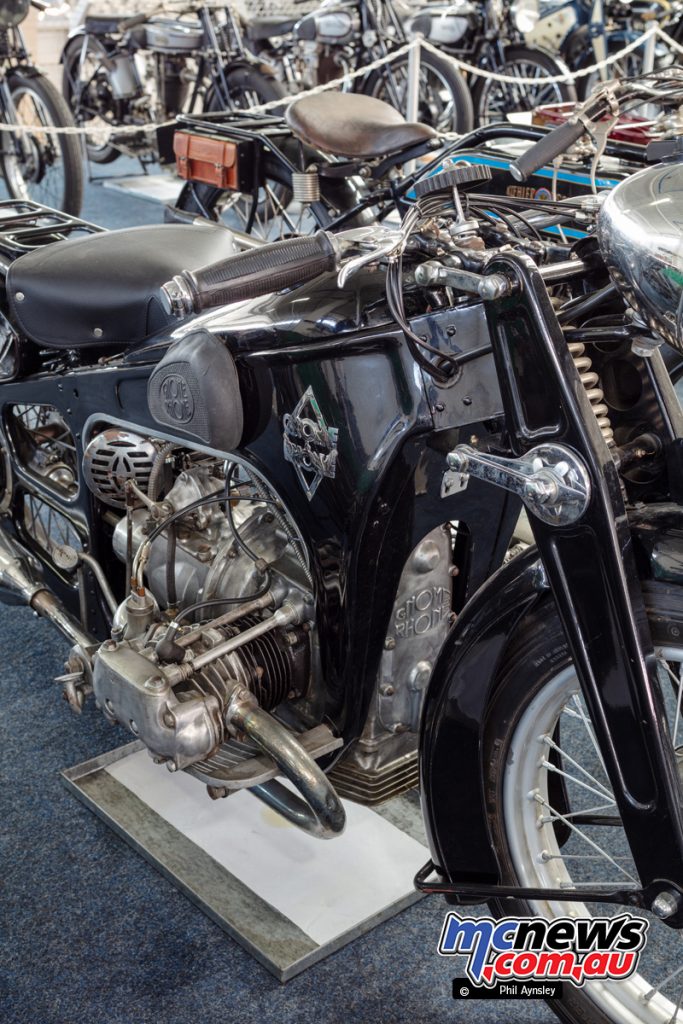
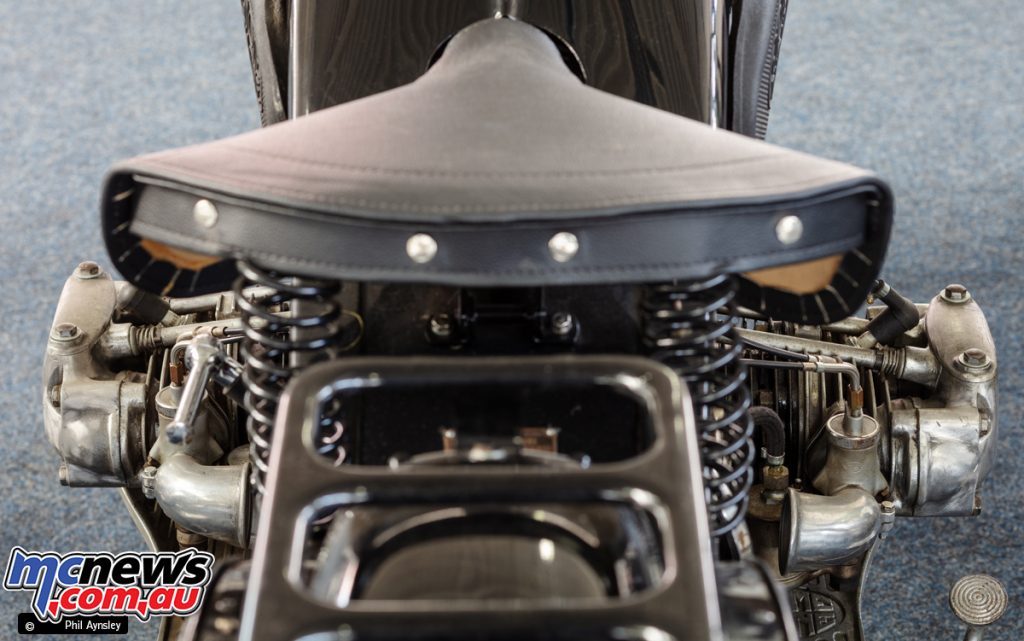
The Osborn Engineering Company was founded in 1901 and up until 1921 they produced bikes for Burney and Blackburne. They became involved with racer Claude Temple and in 1926 an OEC Temple Anzani set the World Motorcycle Speed Record at 121mph.
In 1927 the company introduced a patented steering system (a sort of hub-centre design) that was called the ‘Duplex”. A range of bikes then followed powered by various capacity motors from JAP, Villers, Bradshaw and others. OEC even introduced a two-wheeled car, the Whitwood, powered by motors ranging from a 150cc Villers to a 750cc JAP.
Motorcycle production was interrupted by the war but resumed in 1949 and continued until 1954. This particular example is powered by a 750cc Austin four cylinder car motor.
